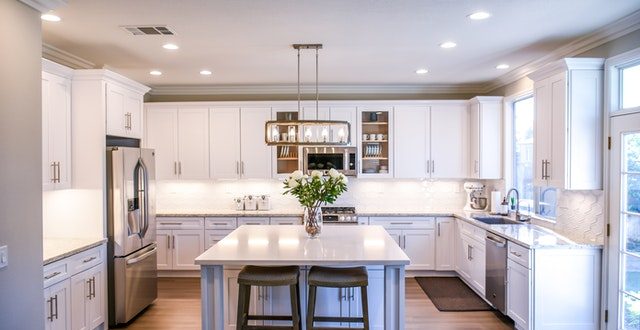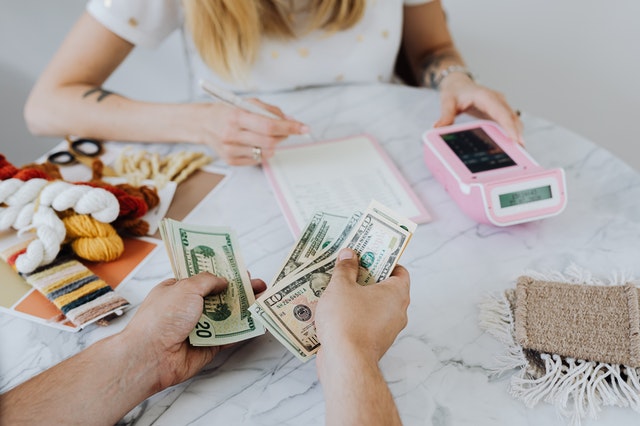There will always be bills to pay and things to upkeep, but what many of us most look forward to when we receive our paycheck is the extras that we can afford. These are what make life fun and enjoyable – our special treats. Of course, you do need to be careful when it comes to spending on non-essentials. Overspend, and you can find yourself in debt and a sticky situation that’s difficult to get out of. Here are some tips on how to budget for your luxury purchases.
Decide What You Want
First, decide what the most important luxury or extra thing you want. Is it low cost, such as a meal out, meeting friends for a drink, or a new pair of trainers? Is it medium cost, such as a spa day, a weekend away in a nearby location, or perhaps a more expensive bag? Is it expensive, such as a boat from volvo penta, a horse for your child, or something equally costly? By deciding what you want, you can begin to research how much money you need. Decide whether you can simply take this out of your disposable income or whether you’re going to need to save for it over time.
Know What Your Disposable Income Is
To know the course of action to get the item or experience you want, you need to know your disposable income. First, be aware of how much money you have available each month. Remember, that payments such as taxes and insurance need to be deducted from your gross pay. There are phone apps and online calculators to help you easily determine how much money you’ll have available to spend each month. Next, deduct the cost of necessities, or “essential costs” from this number. This includes things like rent or mortgage payments, utility bills, food, gasoline, and other car expenses, at least minimum payments for outstanding debt. The figure you are left with is basically your disposable income. Do keep in mind, however, you don’t have to spend it all. Try putting money away in a savings account each month to build a more secure future.
Saving For Extras
If your disposable income for the month doesn’t cover the cost of what it is you want to buy, you will need to save for it. This means putting a percentage of your disposable income into a savings pot or savings account. The type of account you save in will depend on how much you’re aiming to save. If a couple of months’ savings will cover what you want, you can usually just leave this in your bank account. However, if you’re purchasing something higher in price, you may want to look into special savings accounts with high-interest rates. This will give you a higher return on your money and will help you to save faster.
 Women's Life Link Be Well, Be Happy, Be YOU!
Women's Life Link Be Well, Be Happy, Be YOU!





